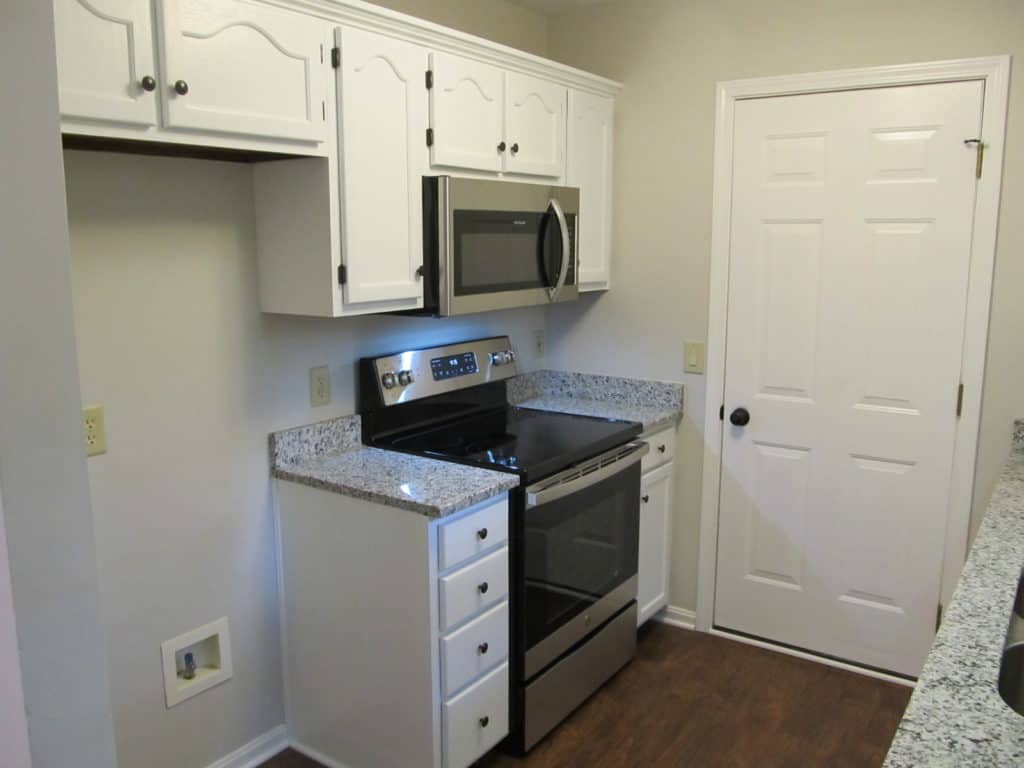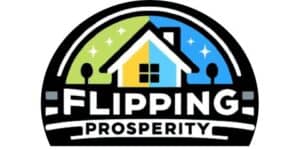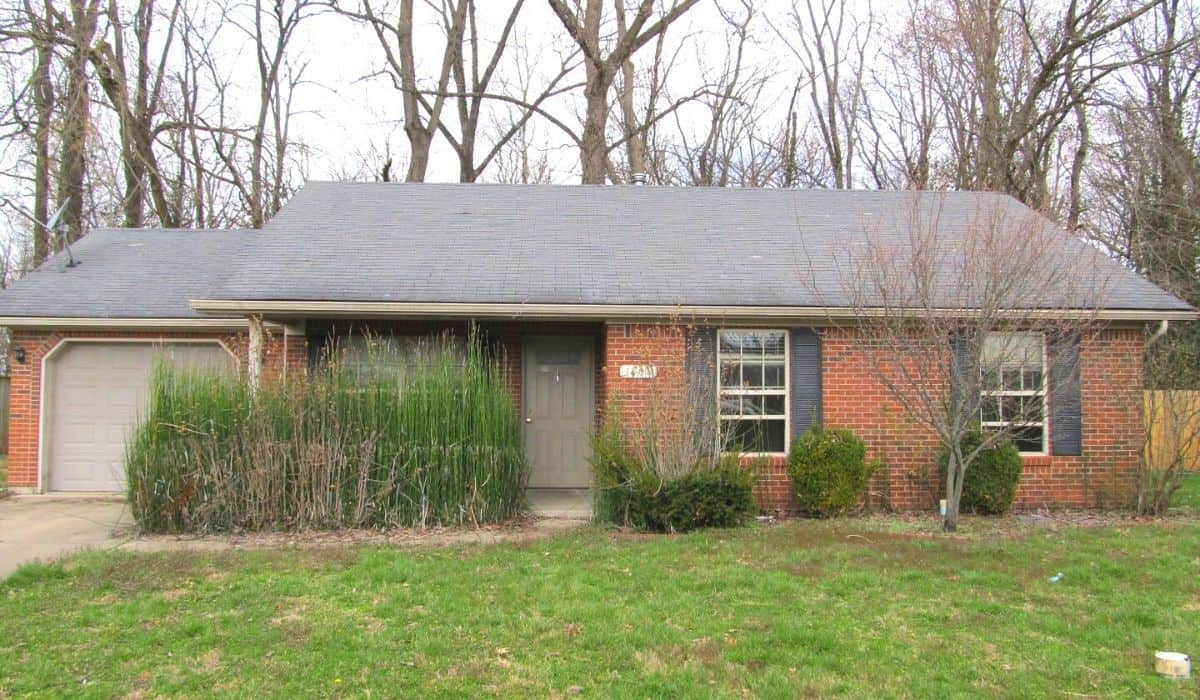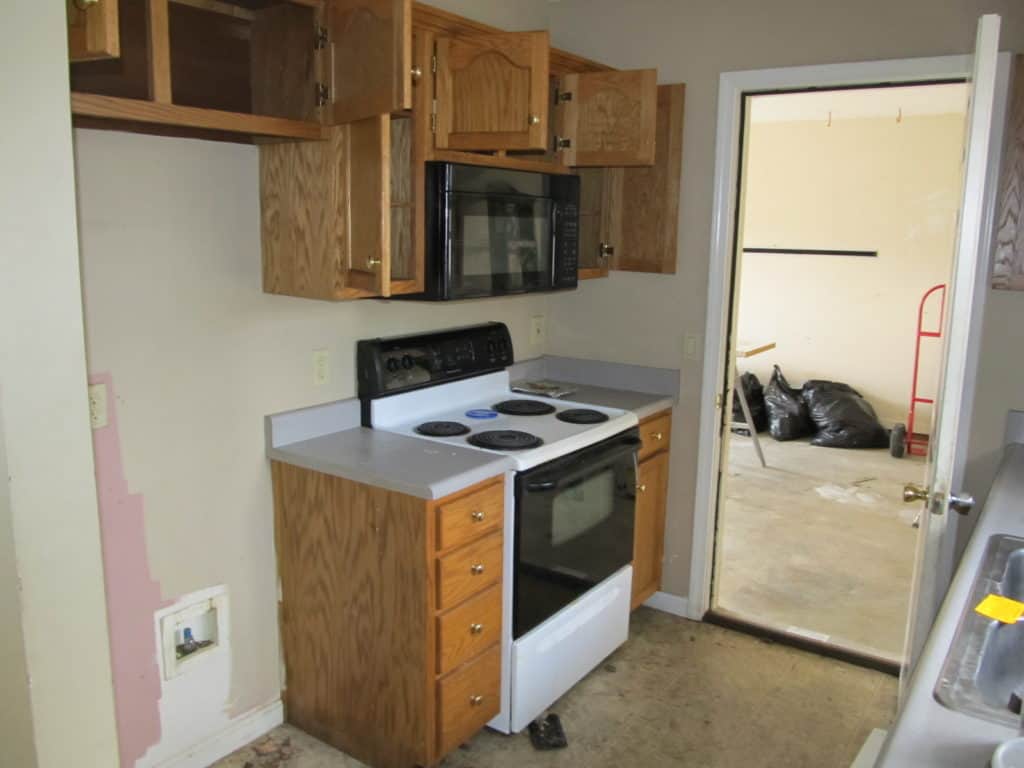While cash is one of the best ways to fund a house flip, most house flippers don’t have the necessary capital to flip a house using only cash and will need to use some sort of financing.
But what kind of financing is available to house flippers and can you use more traditional forms of financing such as a conventional or FHA loan to flip a house?
House flippers will typically use some type of short-term financing, such as a hard money loan or private money. However, it is possible to use more traditional forms of financing such as a conventional loan or even an FHA loan to flip a house with some limitations and caveats.
So let’s take a look at how you can flip a house using a conventional loan and what some of those limitations and caveats might be.
How to Flip a House with a Conventional Loan
While flipping a house with a conventional loan is possible it will require you to approach the property flip in a different way than if you were to use more short-term financing or cash to fund the flip.
Buying a Flip with a Conventional Loan
While speed is usually the name of the game when it comes to house flipping.
Using a conventional loan to flip a house will considerably slow the purchase and acquisition of the property down.
This is because the conventional loan process will usually take anywhere from 30 to 45 days to complete due to all the necessary steps and paperwork, making a quick purchase challenging if not impossible.
So when looking for a house to flip when using conventional financing, you need to look for traditional house sellers such as owner-occupants that don’t need and are not looking for a quick sale.
Also, if you plan to use a conventional loan to buy a house flip you will need to have pretty good credit as well as some money for the down payment.
As most conventional loans will require a credit score of at least 620 and at least a 3% down payment.
Conventional Loans and Property Condition
One of the big advantages of using a hard money loan or private money to purchase a flip is that there are usually few or no property condition requirements.
Allowing a house flipper to buy a much wider range of properties including those that are in need of extensive repairs. Which are often the houses with the steepest discounts and the greatest potential profit.
With a conventional loan, however, there will almost certainly be minimum property condition requirements including working and operational mechanics and utilities, a leak-free roof not at end of life, and a termite-free property.
So if you plan to use a conventional loan to flip a house you need to focus on houses that mainly need cosmetic work and updating such as new flooring or paint.
And stay away from houses that will require extensive work or major construction as these types of properties will more than likely not meet conventional loan minimum property condition requirements.
Property Rehab with a Conventional Home Loan
If you plan on using a conventional home loan for the purchase of the flip, that still leaves the question of how you plan to pay for the rehab of the property.
One possible way to find the needed funds for the rehab of the property is to use a conventional rehab loan which allows you to finance the property as well as a certain amount of the rehab and updates to the property.
This is a great option, as it allows you to perform updates and repairs to the property without having to take out a second mortgage or come out of pocket.
And instead allows you to roll the purchase and the rehab of the property all into the first mortgage.
The other option is to use standard conventional financing and simply fund the rehab yourself by paying cash for the updates and repairs over time or using credit cards or an open line of credit.
Conforming and Non-Conforming Conventional Loans
Conventional loans can be both conforming and non-conforming loans.
However, these days most loans are usually conforming due to risk-averse lenders and the large secondary mortgage market that will more readily buy conforming loans as they are considered lower risk.
If you’re new to home loans or mortgages, a conforming loan is a loan that meets specific guidelines or minimum standards set by Fannie Mae and Freddie Mac.
These minimum loan standards usually include a minimum credit score for the borrower, a minimum debt to income ratio for the borrower, employment requirements, and even occupancy requirements.
The reason why this matters to a house flipper trying to use a conventional loan is that these requirements and minimum standards can have a great impact on your ability to obtain the loan, as well as impact your use and ability to sell the house.
So if you plan to use a conventional loan or any other type of traditional financing, you need to check to see if there are any restrictions on the future sale of the property, pre-payment penalties, or occupancy requirements.
As is the case with FHA loans, which require the borrower to live in the home for at least one year as their primary residence.
Using a Conventional Loan for a Live-In Flip or Slow Flip
Conventional loans are usually best suited to either a live-in flip or slow flip as these types of flips usually allow for a slower closing process and involve much longer time frames.
Because as mentioned above there is nothing fast about conventional loans due to their often lengthy loan process.
In addition, there can potentially be loan requirements on a conventional loan as well as other types of traditional financing that will require you to make the home your primary residence and can even restrict how quickly you can resell the property without penalty.

How to Qualify for a Conventional Home Loan?
If you plan to use a conventional home loan to purchase a house flip you first have to qualify for the conventional loan, which can be challenging for some buyers depending on their past credit history and debt to income ratio.
So let’s take a look at the typical requirements to qualify for a conventional loan.
- No major credit issues such as bankruptcies or foreclosures.
- A minimum credit score of at least 620 depending on your debt to income ratio and the loan amount.
- Debt to income ratio of no more than 43%.
- Down payment of at least 3%. However, first-time homebuyers will require 5% down and can be even higher if you’re purchasing the property as a second home or investment property.
- Maximum loan amount of $510,400 or less or $765,600 or less in high-cost areas.
What is the Best Type of Loan to Flip a House?
The best type of loan to flip a house with is a short term loan such as a hard money loan.
As they offer quick and short term financing for both the purchase as well as the rehab of the property.
However, it’s important to fully understand the terms and conditions of these types of short-term hard money loans, as they can often have very high costs with upfront points as well as high-interest rates of 11 or even 18%.
In addition, these types of loans often have time limits attached to them, requiring the loan to be paid back within a certain amount of time.
And when these time limits are exceeded, it often leads to large penalties and heavy fees, which can add substantial costs to the loan.
Differences Between a Conventional Loan and a Hard Money Loan
There are quite a few differences between a hard money loan and a conventional loan and these differences can have a great impact on the loan as well as the flip.
| Conventional Loan | Hard Money Loan | |
| Average Time it Takes to Close | 30 to 45 days | 7 days |
| Typical Length of the Loan | 15, 20, or 30 years | 3 to 36 months |
| Average Interest Rate | 2 to 3 percent | 11 to 18 percent |
| Underwriting Based On | Mainly the Buyer | Mainly the Property |
| Finance Repairs on Property | No | Yes |
| Regulated | Yes | No |
Want to know how to flip a house with only 10K? Check out our article on “How to Flip a House with Only $10,000“.
Recent Posts
Your bedroom is more than just a place to sleep; it's a personal sanctuary where you can unwind, relax, and recharge after a long day. Whether working with a small bedroom or a spacious suite,...
Are you ready to breathe new life into your living room? If so, look no further than modern living room colors, as they can transform your space from drab to fab. As the heart of the home, the...


